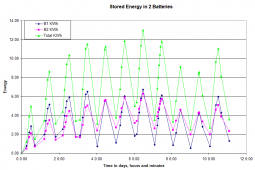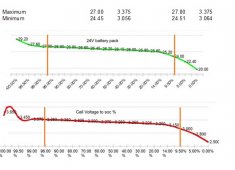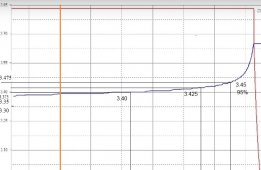wattmatters
Solar Wizard
Looking good!
Thanks.Looking good!
The charge controller should look after that. Once the batteries are full it will stop sending charge to the batteries (and stop drawing power from the PV array).unless I totally drain the battery at night, on a sunny day it is fully charged by 2pm. What do you do in this situation?
Is that in your charge controller or BMS?Yes, I've widened the margins between battery over voltage and release value, because it kept turning on an off, which I didn't think was good for the battery. Now batt over voltage is 27.2V and release value is 26.8V.
The BMS; and I've just increased battery over voltage to 27.4, with the release value kept at 26.8. Cell over voltage is 3.45V with a release value of 3.40.Is that in your charge controller or BMS?
I've always called it anglign, I guess you could call it an aluminium angle extrusion.

Metal Mate 30 x 30 x 1.5mm 3m Aluminium Angle - Silver
Find Metal Mate 30 x 30 x 1.5mm 3m Aluminium Angle - Silver at Bunnings. Visit your local store for the widest range of products.www.bunnings.com.au
The converse is someone who mispronounces a word. Usually it means they learnt it from reading and can spell it.It's funny how we can get caught out with words or names we've heard for years ... but never quite worked out how they are spelt. Happens to me too often myself.
Haha, yep. The older I get, the more I second guess myself on spelling and also pronunciation. Used to be really confident, having read prolifically as a young person ... but not so much any more. (just had to spell check prolifically!!!)The converse is someone who mispronounces a word. Usually it means they learnt it from reading and can spell it.
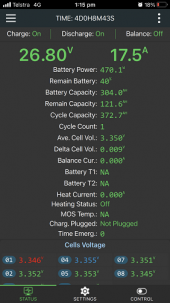
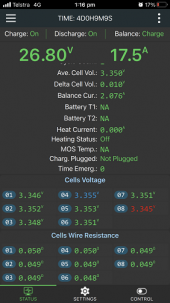
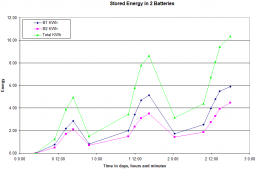
Fair point, I should probably put that on my list of things to do.If it were me, I would get the resistance balanced. No point in having 2 and only using 1.

Yes, thanks, that's what I'd do if I did it all again. I am using the 2S4P configuration.
Measuring PV panel performance
I suppose I could buy a solar panel tester like Will reviewed, but that doesn't feel DIY enough to me. Besides, I'm a cheapskate, and I try to do things in the most difficult (and expensive if the equipment wasn't on hand) way. I'm presently working on an underperforming string of Sharp 165W...diysolarforum.com
If your panels are wired in some series/parallel configuration, then choosing similar currents to wire in series cold produce a bit more.
If you find any with bad diodes you can replace those.
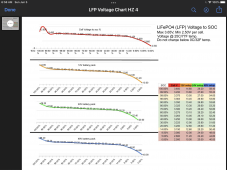
I set the BMS to 3.65 and 2.5 volts per cell but set the charging more conservative than that.
